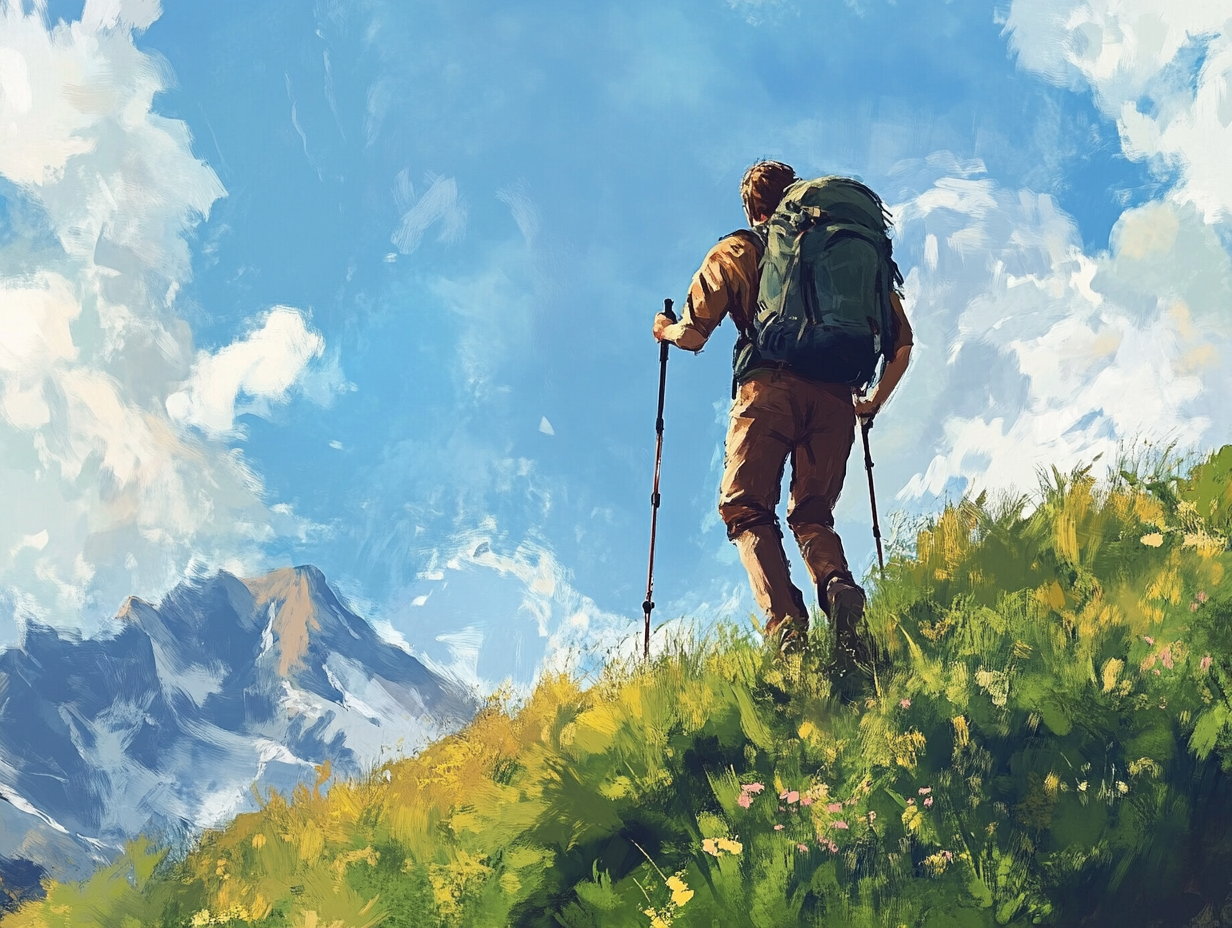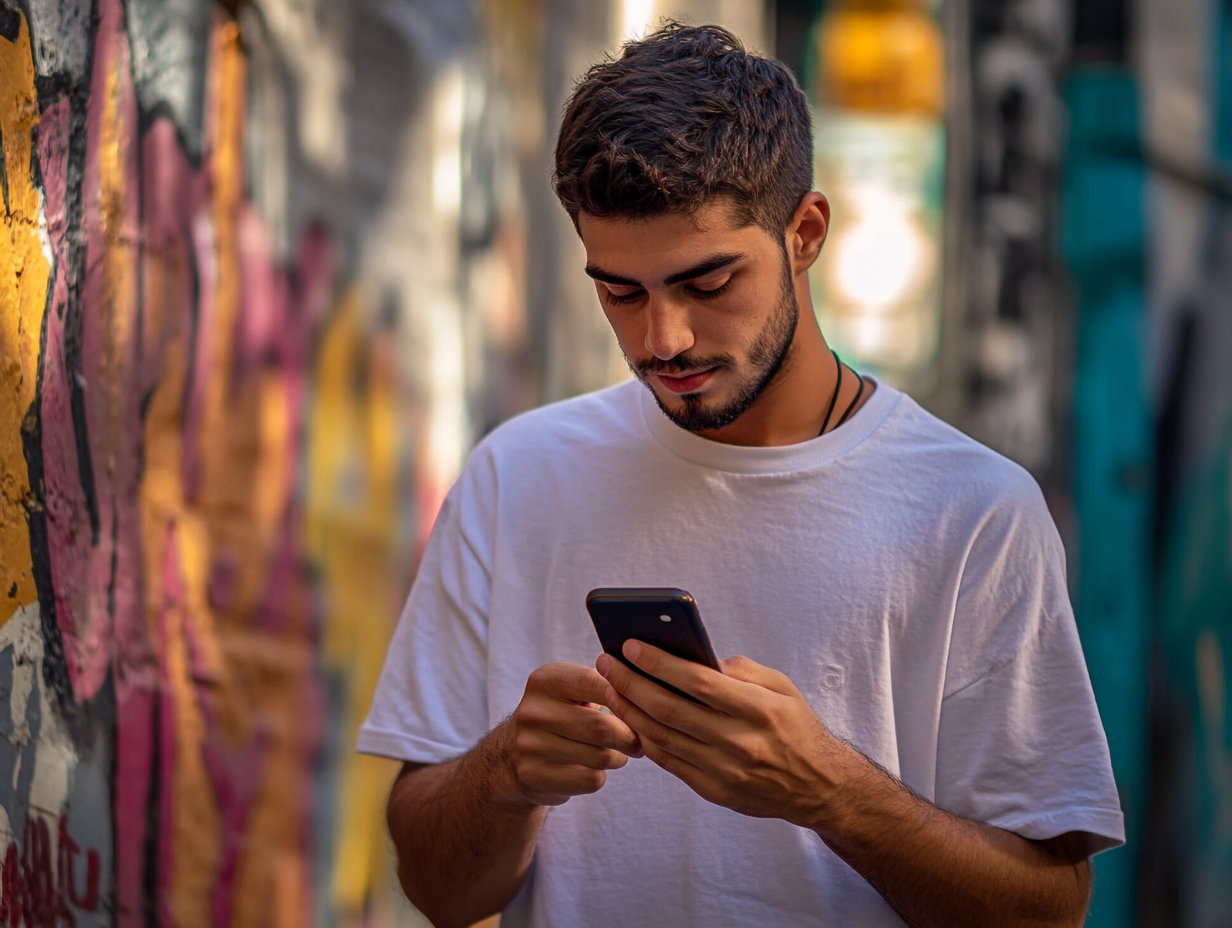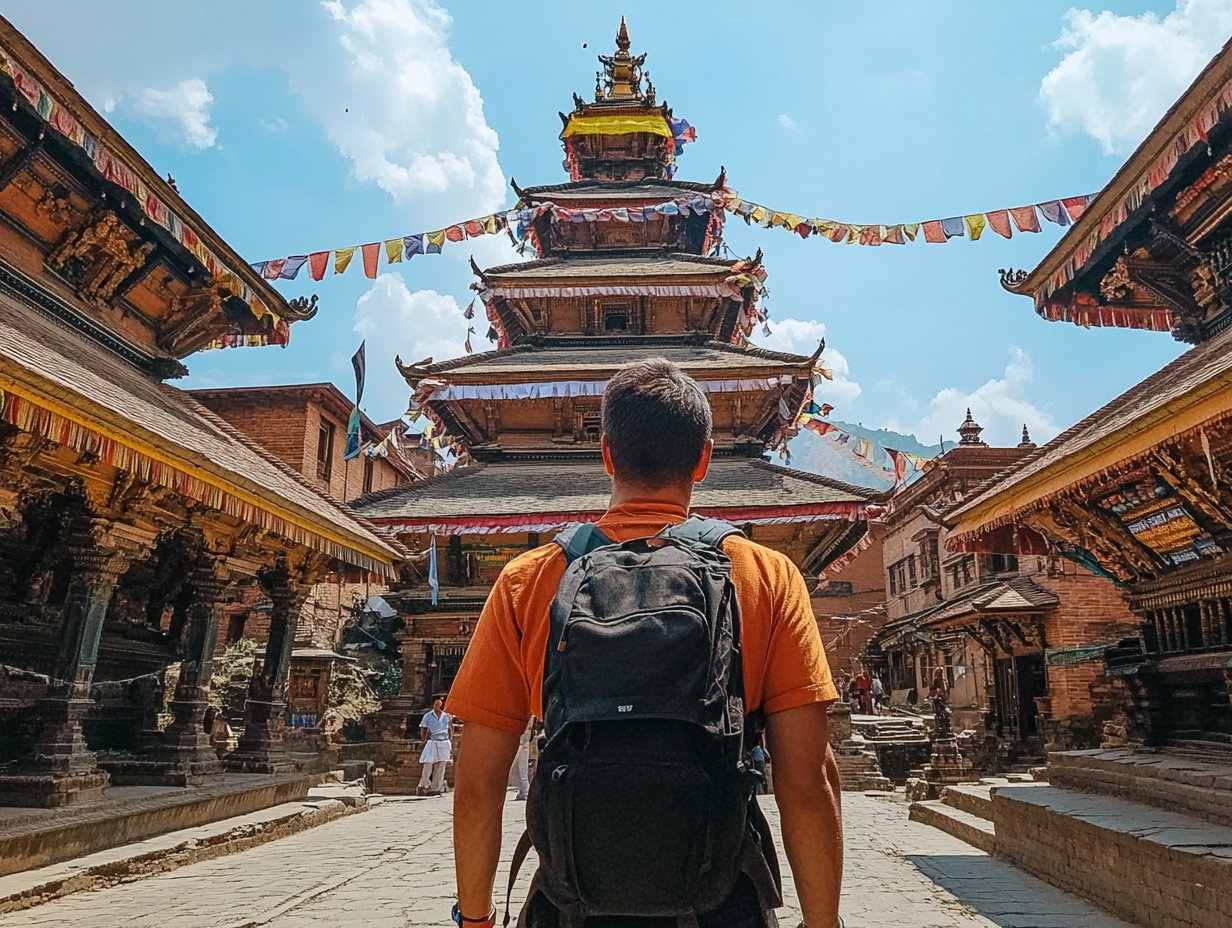Steep ascents demand smart strategies! These uphill hiking tips will help you climb smarter, not harder.
1. Start with a sustainable pace
Rushing uphill depletes energy fast, especially at altitude. Begin slower than you think you need to, focusing on a rhythm where you can still hold a conversation. On trails where elevation gains are relentless, breaking climbs into 10- to 15-minute segments with quick breath-catching pauses helps maintain stamina.
2. Breathe like a pro
Thin air at higher elevations can leave you lightheaded. Practice rhythmic breathing: inhale deeply through your nose for four steps, then exhale fully through your mouth for another four. This diaphragmatic technique maximises oxygen flow, keeping fatigue at bay during long climbs.
3. Perfect your posture and technique
Leaning too far forward strains your back, while standing too upright throws you off balance. Instead, hinge slightly from the hips, keeping your spine neutral. On steep sections use the “rest step”—pause briefly with each stride, locking your back leg to let your skeleton (not muscles) bear the weight momentarily.
4. Trekking poles and boots
Trekking poles are game-changers for navigating uneven terrain uphill. Adjust them to 90-degree angles at the elbow to propel yourself upward while reducing knee strain. Pair them with sturdy boots—opt for a pair with grippy soles to avoid slips and ankle twists.
5. Train for the terrain
These uphill hiking tips mean little without preparation. Strengthen quads and glutes with lunges and step-ups, and mimic climbs on stair machines or local hills. For high-altitude hikes, arrive a day early to acclimate and reduce altitude sickness risks.
6. Pack light, pack right
Every extra kilogram strains your legs on ascents. Prioritise essentials and use compression sacks to save space and keep your load balanced.
7. Easy as you go
Loose gravel requires short, deliberate steps. Test footholds before committing your weight, and engage your core for stability. If slopes feel too steep, zigzagging reduces the gradient and eases the burn in your calves.
8. Know what you’re in for
Research your route’s difficulty beforehand. Some uphill trails are beginner-friendly, while others demand experience. If fatigue hits, there’s no shame in turning back—the mountain will wait.



